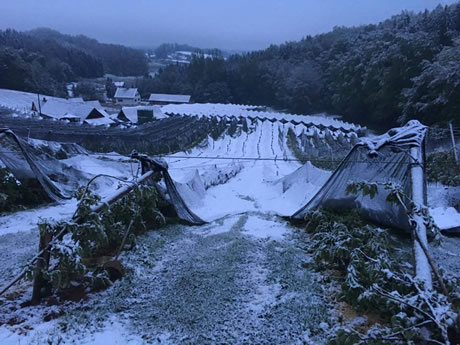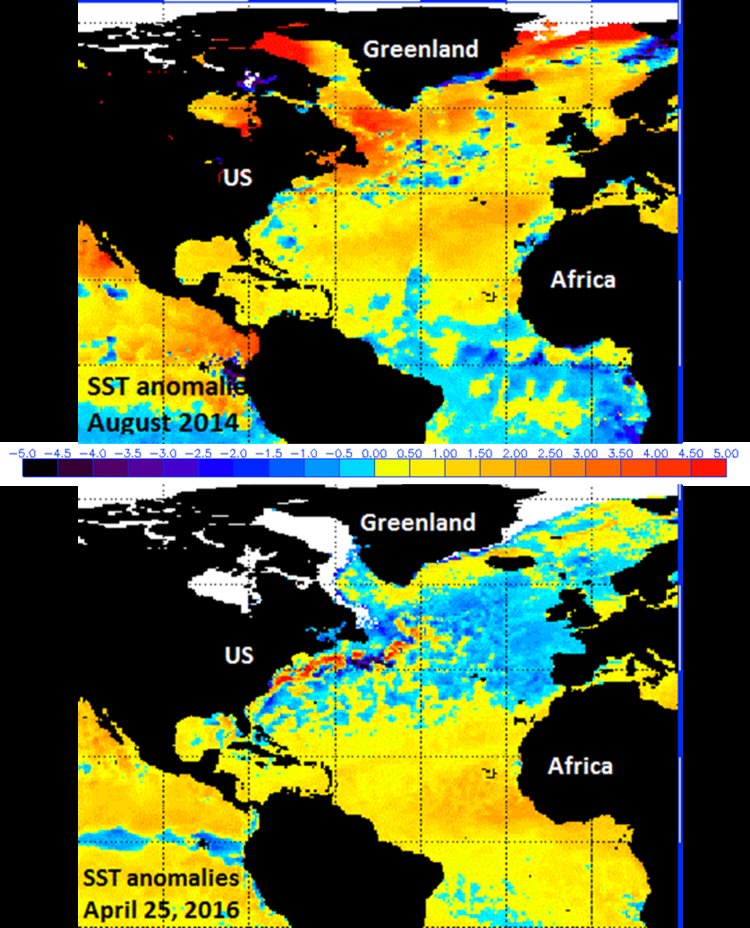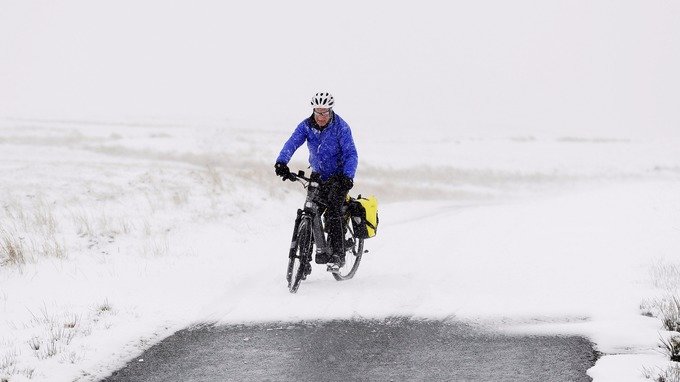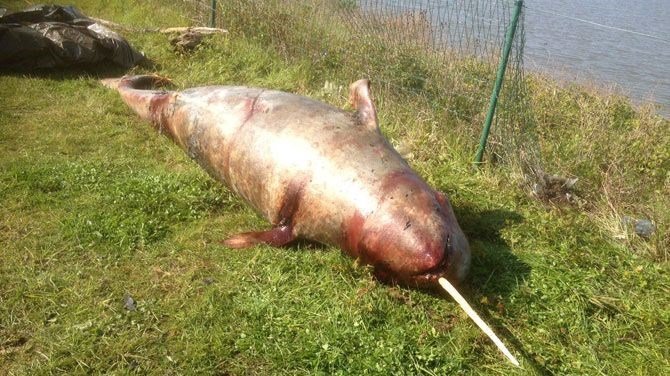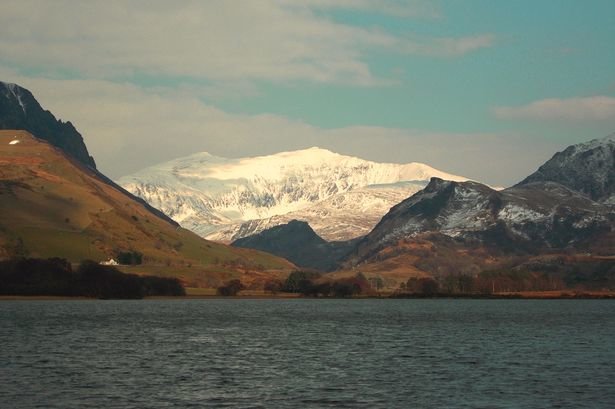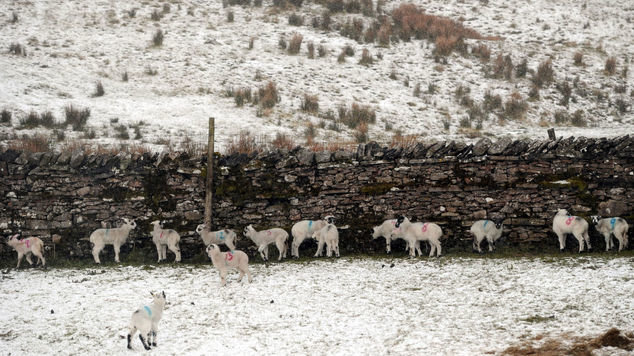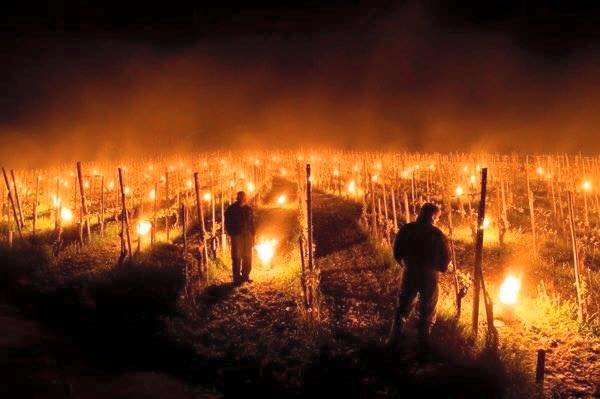
Austria
In the cultivation area in the state of Styria the words 'complete catastrophe' have been used. About 80 per cent of the fruit harvest would be destroyed (see photo left of the news report in which firefighters remove snow from hail nets in Gleisdorf, the link is at the bottom of this article and external). During the night from Monday to Tuesday the small fruits had to endure temperatures of 2 to 6 degrees below freezing according to the Landwirtschaftskammer. Initial estimates concerning approximately 2,000 Styrian cultivators indicate €100 million Euro in damages for the fruit sector (without grapes) alone. Councillor Hans Seitinger: "This is truly a unique situation, which has not occurred in the last 50 years."
Whether financial support will be given to the affected growers has to be further examined. Austrian growers have broad weather insurance, but because of the high premiums not a lot of growers use it. Damages have also been reported from Burgenland, slightly more to the east, where temperatures were recorded at 3 to 4 degrees below freezing. Austria produces about 170 million kilograms of apples annually. Golden Delicious and Gala are the largest strains.
